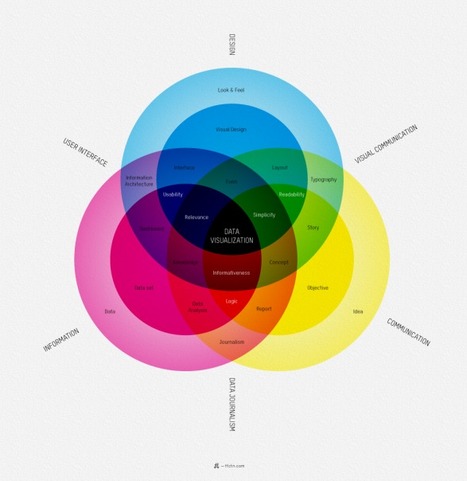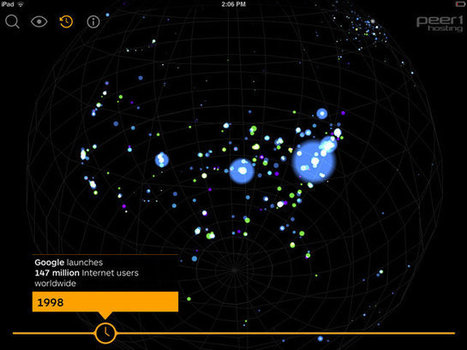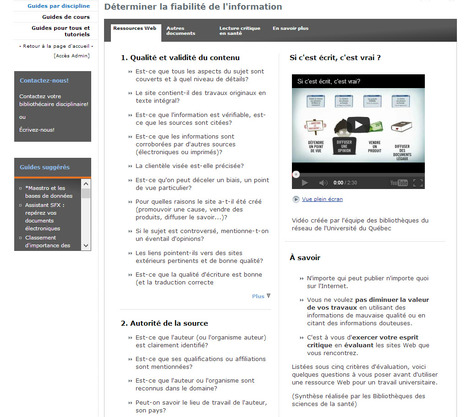Infosphère est un outil de travail développé par les bibliothécaires de l’Université du Québec à Montréal. Il a été conçu pour permettre aux étudiants d’optimiser leur temps de recherche et rédiger des travaux universitaires de qualité qui respectent le droit d’auteur.
Research and publish the best content.
Get Started for FREE
Sign up with Facebook Sign up with X
I don't have a Facebook or a X account
Already have an account: Login

Almost "everything" about new approaches in Education
Curated by
Rui Guimarães Lima
 Your new post is loading... Your new post is loading...
 Your new post is loading... Your new post is loading...
|
|





![How and Why Social Engineering Works [Infographic] | Didactics and Technology in Education | Scoop.it](https://img.scoop.it/QtLbAgVlKNsfD2jiybHzuTl72eJkfbmt4t8yenImKBVvK0kTmF0xjctABnaLJIm9)










Utile, même pour les "digital native"
Modules d’autoformation en ligne, diffusés sous licence Creative Commons CC-BY-NC par l'UQAM (Université du Québec à Montréal).
Ces modules sont d'une grande richesse, ils sont au nombre de 4 et détaillent les différentes étapes de la recherche de l’information sur Internet :
Les contenus à l'intérieur de chaque module sont considérables, il y a vraiment là tout ce qu'il faut savoir pour devenir le roi de la recherche sur le web !
Quelques explications sur l'utilisation du site et de ses contenus :
http://www.infosphere.uqam.ca/naviguer-site
À connaître !!!
recherche internet